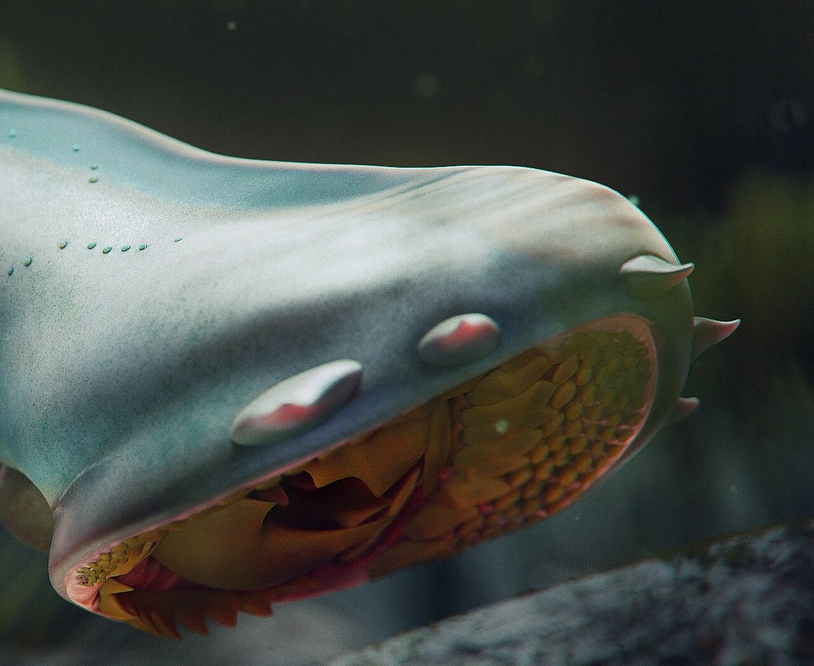Ancient Flesh-Eating Lampreys Discovered in Chinese Fossils
Chinese paleontologists have unearthed two remarkable species of lamprey from 160-million-year-old fossils in North China. These jawless fish, resembling eels, are known for their parasitic nature, using their disc-shaped mouths and sharp teeth to attach to prey and feed on their blood. However, the recently discovered lampreys exhibited a unique behavior—they were flesh eaters with incredibly powerful bites that could even crack their prey’s skeletons.
Discovery in North China
- The fossils of these lampreys were found in a fossil bed in North China. The larger of the two lamprey species measures approximately 23 inches in length and has been named Yanliaomyzon occisor, with “occisor” meaning “killer” in Latin.
- The smaller species, around 11 inches long, is called Yanliaomyzon ingensdentes, derived from Latin words signifying “large teeth.”
- The fossils were exceptionally well-preserved, allowing paleontologists to examine their biting structures and oral discs in detail.
A Surprising Evolutionary Connection
- These newly discovered species date back to the Jurassic period when dinosaurs roamed the Earth. They serve as a crucial missing link between early lampreys and the 31 surviving species found today.
- Early lamprey fossils from around 360 million years ago in the Paleozoic era reveal smaller creatures, about an inch in length, with underdeveloped feeding structures, suggesting they did not feed on blood or flesh.
- Furthermore, these ancient lampreys did not undergo metamorphosis as modern lampreys do, transitioning through three distinct life stages.
Insight into Lamprey Evolution
The discovery sheds light on the evolution of lampreys, revealing that their ancestors might have had a different dietary preference, focusing on flesh rather than blood. These ancient lampreys challenge the common perception of lampreys as “water vampires” and provide valuable insights into the adaptation and transformation of these fascinating creatures over millions of years.
Month: Current Affairs - November, 2023
Category: Science & Technology Current Affairs







